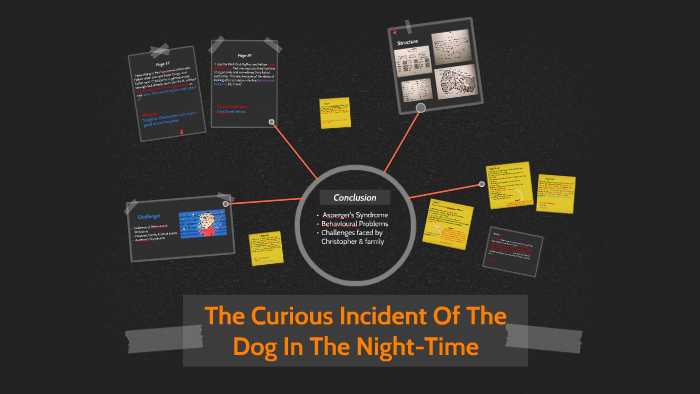

This guideline includes elements that are consistent with current knowledge and practices in the field: (a) accurate portrayal of the disability (b) exemplary practices (e.g., characters are contributors in inclusive settings, with an emphasis on acceptance rather than on rejection and on similarities rather than on differences) (c) realistic sibling relationships, if depicted (d) appropriate emotional reactions (e.g., respect rather than pity, acceptance rather than ridicule) and (e) accurate illustrations of the disability or assistive devices being used. * Characterization of the characters with disabilities (Dyches & Prater, 2000). * Illustrative quality (e.g., illustrations interpret and extend the story illustrations are of high quality, including design, layout, and style Tunnell & Jacobs, 2007). These guidelines include analysis of the following: * Literary quality (e.g., engaging theme or concept woven throughout the story, thoroughly developed plot, credible and multidimensional characters).

To select our list, we applied the Dyches and Prater (2000) guidelines on evaluating books that have high literary and artistic quality as well as multidimensional portrayals of characters with disabilities.

We have therefore generated our list of the top 25 children's and young adults' books that portray characters with disabilities. The authors of this article have collectively read and researched the portrayal of disabilities in juvenile literature for nearly 25 years. Even books of lists, for example, The New Book of Lists (Wallechinsky and Wallace, 2005), are available. In fact, the authors of this article conducted a quick Google search using the phrase top 25 and found Web sites devoted to the top 25 highest-grossing films, innovations, executives, podcasts, lighthouses, cities for doing business in America, and many more.

From David Letterman to college or professional sports rankings, lists of the top 10 or top 25 are readily available.


 0 kommentar(er)
0 kommentar(er)
